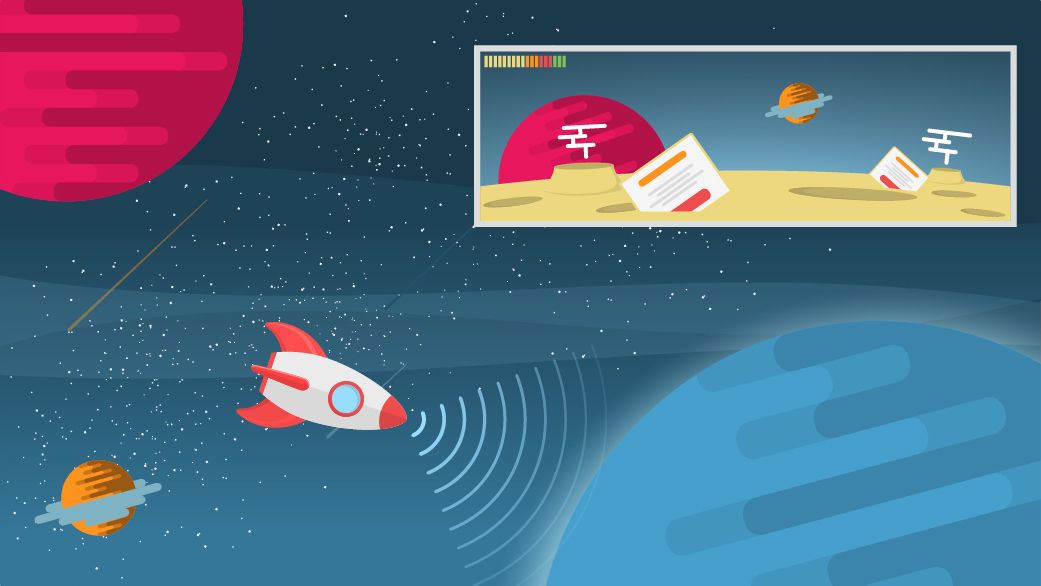The Ultimate Guide to Facebook Event Photo Sizes (2025 Update)
Diana Teslaru
Apr 15, 2025 - 9 min read
Are you an agency? Scale your team's work and impact with The Agency Package.

Before you get down to actually creating your banner ad, let’s see what is a banner ad.
The banner ad is a rectangular online graphic display that is intended to attract clicks to a website by linking to the website of the advertiser. The banner ad is also called the web banner. In most cases, these banner ads are delivered by a central ad server and it’s called banner advertising.
Now let’s get to the technical considerations that will ensure that your banner ad gets approved by the ad server.
Banner ad sizes matter in an ad campaign.
Choose unpopular sizes and you’ll see a lower number of impressions and with that, in turn, you reduce the audience you can get in front of. If, on the other hand, you choose popular sizes, your chances of getting your banner ads in front of the right people increase.
So, what’s a good banner ad size?
Most websites that run ads (publishers) accept ads that are 728×90, 160×600 and 300×250.
The IAB standard ad package also includes banner ads, but that size is not that popular with publishers.
Generally, banner ads should be up to 150 KB.
However, different ad networks and different publishers may have specific requirements. Unless you’re running ads through Google Display Network, check with your ad platform or with the publisher you want to run ads with the maximum size allowed.
The following formats are accepted:
Due to recent changes, SWF (Flash) banners will be no longer supported by browsers and HTML5 is said to take its place.
For banner ads that have multiple slides and animated banners, there are a few requirements. First, your banner animation shouldn’t run longer than 30 seconds.
The banner can be looped, but the animation has to stop after 30 seconds.
GIF banners are required to have a speed of 5 frames per second or lower. Flash ads require a speed of 20 frames per second or lower and that you set the clickTAG variable.
Use only clear, professional images in your banners. Adding images that are blurry or hard to recognize could get your banner ad disapproved.
Your banners must be easy to distinguish from the rest of page where they will be displayed.
Your ad must look like an ad, and the advertiser should be easy to recognize and identify (use brading or a logo).
Make your display ads and your offering as engaging as possible for your users.
Also, you are not allowed to replicate site or system warnings, dialogue boxes or error messages. Animated ads can feature animations or features as long as they can be replicated on the landing page.
Unless your ad network approves, the following categories are restricted from display online advertising: illegal drugs, alcohol, adult products and services, tobacco or tobacco-related products, gambling (both online and offline), “anti” or violent concepts, counterfeit goods, weapons, fake documents.
Also, health and health related products have a specific set of requirements, you can read more about it here.
Landing pages don’t and shouldn’t be concerned with banner ad design. However, to get your banner ad approved, here’s what you need to know about the landing page to which your banner ad links to.
Chapter 1: Advertise For Your Target Audience
Chapter 3: Design Principles When Creating Banner Ads
Chapter 4: What Visual Elements Use in Banner Ads
Chapter 5: How To Define Value Proposition
7 days free on us
Let's put these insights into action. Build, scale, and automate campaigns with AI-powered workflows.
Diana Teslaru
Apr 15, 2025 - 9 min read
Claudia
Mar 27, 2025 - 22 min read
Diana Teslaru
Jan 5, 2025 - 7 min read
Loredana Harsana
Dec 19, 2024 - 8 min read